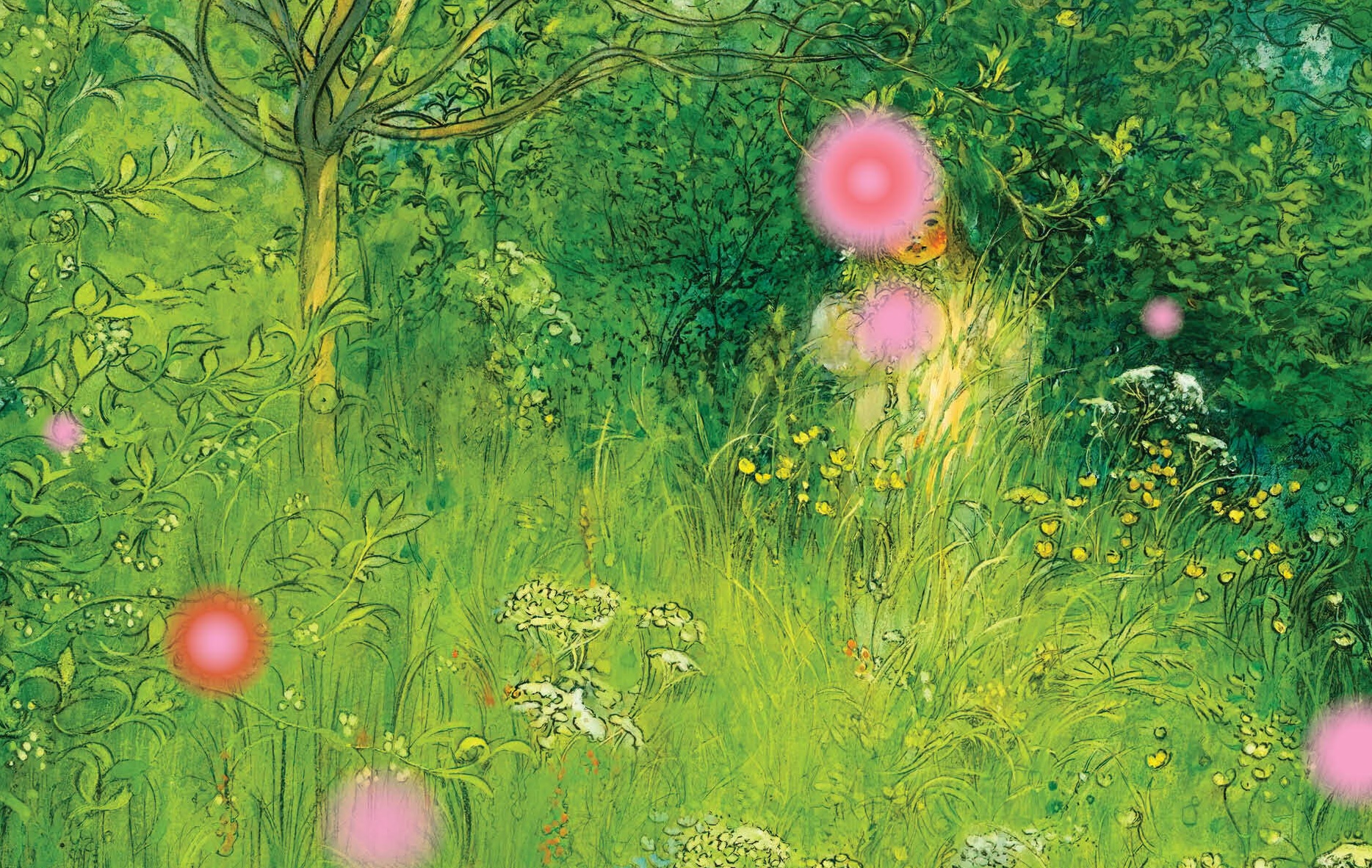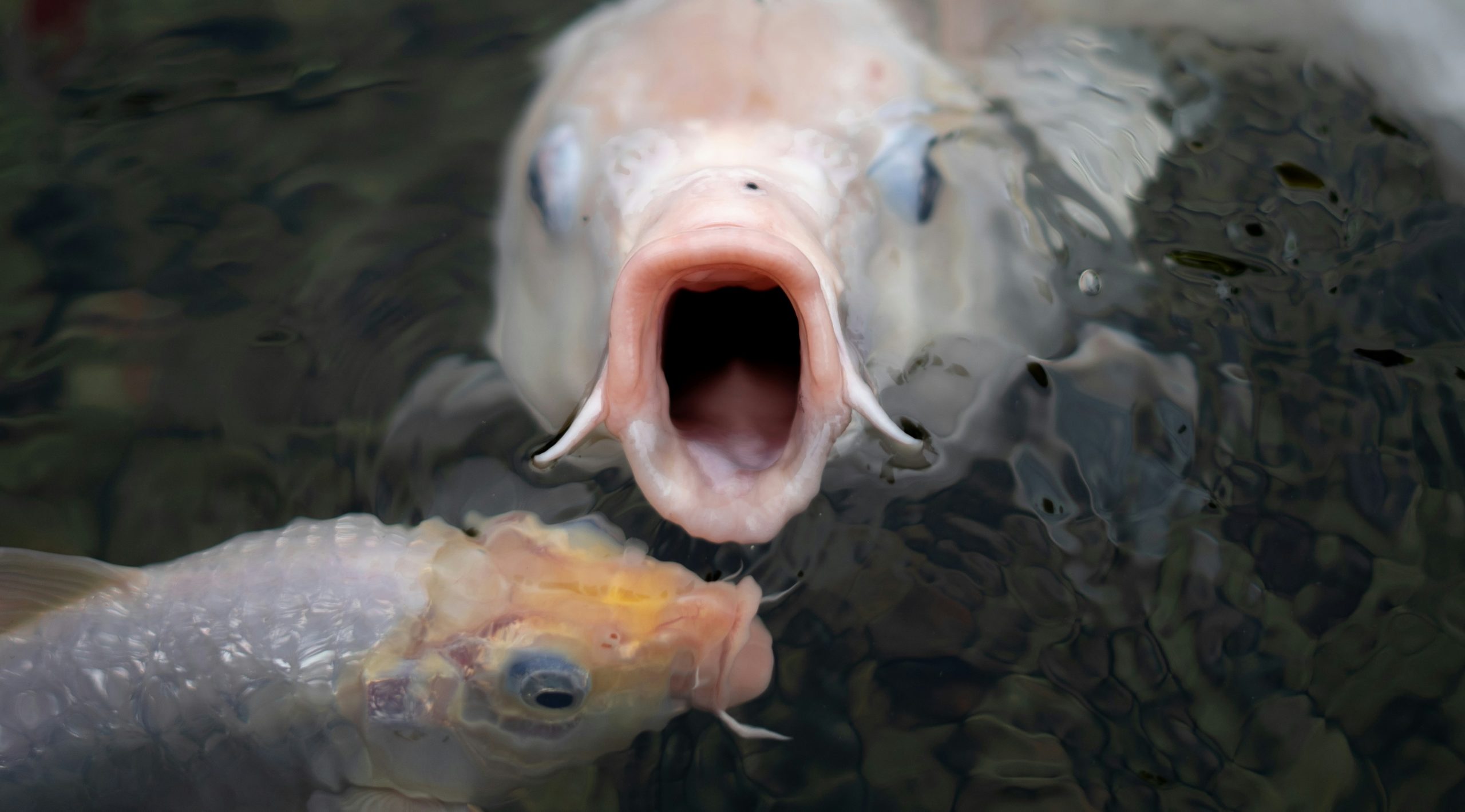Reading Lists
Five Disturbing Stories About Bunnies
In time for Easter, here are some bizarre and disturbing stories with rabbits

Easter is almost here, which means that children across the world will be hiding in their bedrooms, trembling in fear of the grotesquely large Easter Bunny — a frightening mythological monster as large as a man with hind legs able to crush human bones like matchsticks. This weird creature is said to stalk around houses, secreting “eggs” from its quasi-mammalian glands in hiding places for unlucky children to find.
Or something like that. It’s been a while since I went to church.
In any event, in anticipation of the Easter Bunny’s visit here are five of the most disturbing stories about bunnies:
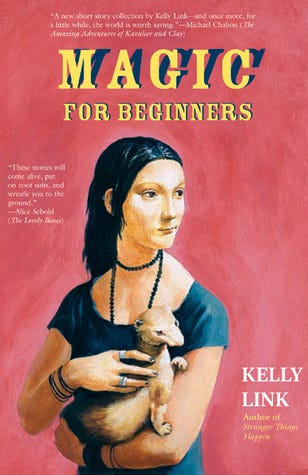
“Stone Animals” by Kelly Link
Kelly Link’s wonderfully creepy short story “Stone Animals” isn’t just the best horror story about rabbits, it’s one of the best horror stories I’ve ever read period. (We published the story in Electric Lit’s Recommended Reading, which you can read here if you are a member.) The story centers around a family that moves out of the city into a house where everything is somehow a little off. The small disturbances grow more and more bizarre, and most of them center around rabbits that appear on the lawn:
In the other bed, Tilly was dreaming about rabbits. When she’d come home from school, she and Carleton had seen rabbits, sitting on the lawn as if they had kept watch over the house all the time that Tilly had been gone. In her dream they were still there.
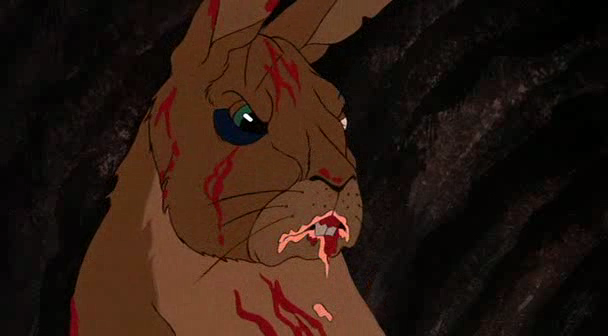
Watership Down by Richard Adams
Watership Down is probably the best-loved novel about rabbits, and for good reason. The adventure story is moving and filled with wonder, readable for children and adults alike. The story follows rabbits in a warren who are dying out without any female does. They end up struggling against a brutal militaristic rabbit warren run by a dictator bunny named General Woundwort. While hardly a horror story overall, there are plenty of frightening moments with Woundwort and his army.
At that moment, in the sunset on Watership Down, there was offered to General Woundwort the opportunity to show whether he was really the leader of vision and genius which he believed himself to be, or whether he was no more than a tyrant with the courage and cunning of a pirate. For one beat of his pulse the lame rabbit’s idea shone clearly before him. He grasped it and realized what it meant. The next, he had pushed it away from him.
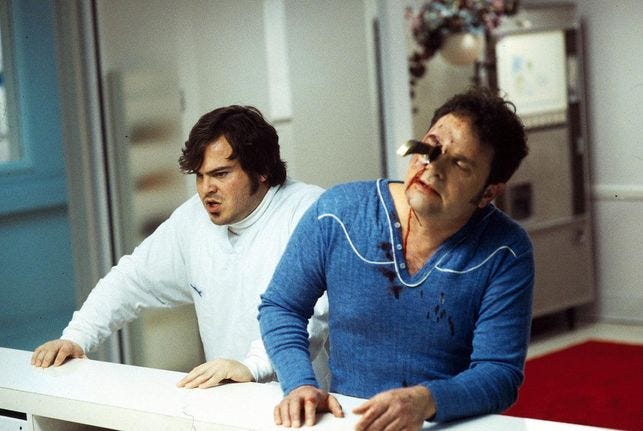
“Emergency” by Denis Johnson
Denis Johnson’s hallucinatory short novel-in-stories, Jesus’ Son, contains more memorable moments than most writers can fit into a career. It’s hard to say any of the stories stand out — they are simply all that good — but if push came to shove “Emergency” is probably the best. In that story, which features a man coming to a hospital with a knife in his eye (played by Denis Johnson himself in the film version), the narrator Fuckhead and fellow addict Georgie find a dead rabbit and slice it open, only to find it was pregnant:
Georgie came back to my side of the truck with his shirtfront stretched out in front of him as if he were carrying apples in it, or some such, but they were, in fact, slimy miniature bunnies.
Like most things that enter Fuckhead’s life, these slimy bunnies don’t make it out okay.

“Letter to a Young Lady in Paris” by Julio Cortázar
Rabbits are normally cute and furry, but not when you are vomiting them magically out of your mouth. In Cortázar’s bizarre and beautiful story, “Letter to a Young Lady in Paris,” a man writes to the woman he is house-sitting for while he vomits up rabbits:
When I think i’m about to vomit a rabbit I put two fingers down my throat like an open set of tongs, and I wait until I can feel the warm hair rising like the fizz of an alka-seltzer.
Despite the premise, this is not a whimsical story in the least. Like much of Cortázar’s work, it’s philosophical and ends on a dark note.
(I love this story so much that I once wrote a sequel where a rabbit vomits up tiny men.)

Alice’s Adventures in Wonderland by Lewis Carroll
While the White Rabbit who leads Alice down the hole is the most famous bunny in Wonderland, he’s no match for the March Hare when it comes to the disturbing (or disturbed). The March Hare always thinks it is tea time because his friend the Mad Hatter “murdered the time” in a song:
The March Hare took the watch and looked at it gloomily: then he dipped it into his cup of tea, and looked at it again: but he could think of nothing better to say than his first remark, “It was the best butter, you know.”






